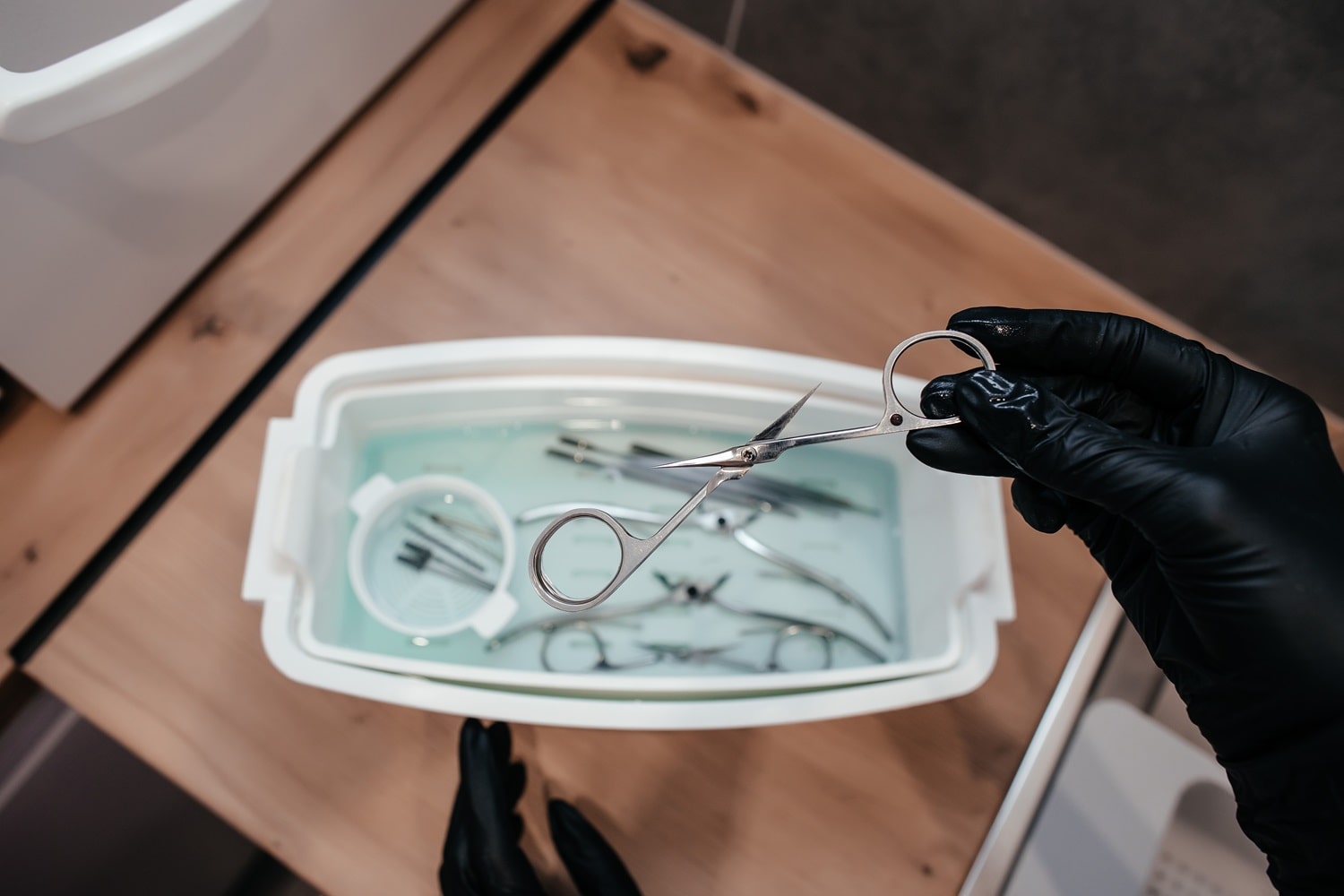In today’s world of professional beauty services and aesthetic medicine, ensuring client safety is paramount. Manufacturers of equipment such as autoclaves play a crucial role in maintaining high hygiene standards. For the beauty industry, where disinfection and sterilization are critical, understanding the difference between these processes is essential.
Disinfection
Disinfection is the process of reducing the number of microorganisms on non-living surfaces to a level that is safe for public health. This is particularly important for cosmetic tools that do not penetrate into the body. Chemical or physical agents are used during disinfection to eliminate most pathogens, though they may not guarantee the complete removal of bacterial spores or viruses.

Sterilization
Sterilization, on the other hand, is the process of completely eliminating all forms of microbial life, including bacteria, viruses, fungi, and bacterial spores. Autoclaves, essential equipment in beauty salons and aesthetic clinics, achieve effective sterilization of tools through high temperature and pressure.
Sequential Steps in Decontamination Process
Disinfection and sterilization are sequential steps in the decontamination process and are not interchangeable but complementary. Disinfection precedes sterilization, preparing tools by reducing microbial load before instruments undergo thorough sterilization.
For instance, even tools like scissors require sterilization after disinfection to ensure complete safety for clients and practitioners alike.
Conclusion
Understanding the difference between disinfection and sterilization is crucial for salon owners and aesthetic practitioners. Proper procedures and equipment must be used in both cases to ensure the safety of clients and staff. Choosing the right autoclave ensures effective sterilization of tools, meeting the highest hygiene standards.
